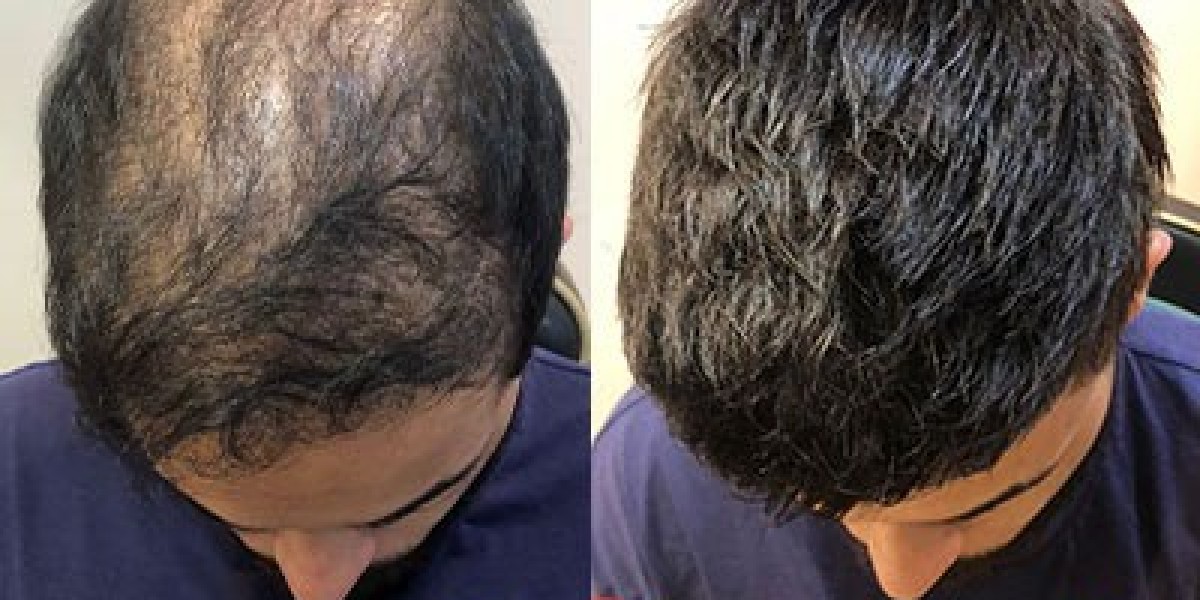As the top-rated code plagiarism checker, the first and foremost work of Codequiry is to provide full plagiarism detection service for source code. This platform helps teachers identify the code similarity and code plagiarism that might be in their students’ code assignments.
But how does Codequiry work to find whether the code source is duplicated or not? Here is how this website plagiarism checker works:
Why Do You Need Codequiry?
There are a few reasons why you might need Codequiry:
To avoid plagiarism: Codequiry can help you to identify any code that may be plagiarized. This can help you to avoid any accusations of plagiarism, and it can also help you to learn how to write code that is original.
To improve your coding skills: Codequiry can help you to identify areas where your code could be improved. This can help you to become a better coder, and it can also help you to learn new coding techniques.
To collaborate with others: Codequiry can help you to collaborate with other coders on projects. This can be a great way to learn from others, and it can also be a great way to get feedback on your code.
To protect your intellectual property: Codequiry can help you to protect your intellectual property by detecting any code that may have been plagiarized from your work. This can help you to ensure that your work is not stolen, and it can also help you to protect your reputation.
Create An Account And Start Exploring
Firstly, you need to create an account with your basic information, including:
● Name
● Email Address
● Your Role
● Password
After creating your account you need to log into your account to find plagiarism in your code source.
Now, let’s see the process of Codequiry’s plagiarism tool:
How Does Codequiry Work?
As you know, Codequiry's plagiarism detection works by comparing the submitted code to a database of known code, as well as to other submissions that have been submitted to Codequiry. The comparison is done using a variety of methods, including:
File fingerprints: With the help of file fingerprints, the system creates a unique identifier for each file, based on the file's contents by researching hundreds of code files and folders online. This identifier is then used to compare the submitted code to other files in the database.
Logical similarity: Logical similarity is the method that compares the submitted code to other codes based on the logical structure of the code. This includes things like the order of the statements, the use of variables, and the use of functions.
Language similarity: This method compares the submitted code to other codes based on the words and phrases that are used. This includes things like the use of keywords, the use of comments, and the use of variable names.
The results of the comparison are then used to determine the likelihood that the submitted code is plagiarized. If the likelihood of plagiarism is high, then the submitted code will be flagged as plagiarized.
This is how Codequiry works. Hope, this information will help you. If you want to know more about Codequiry, feel free to explore its official website, where you will get all the answers you seek.








